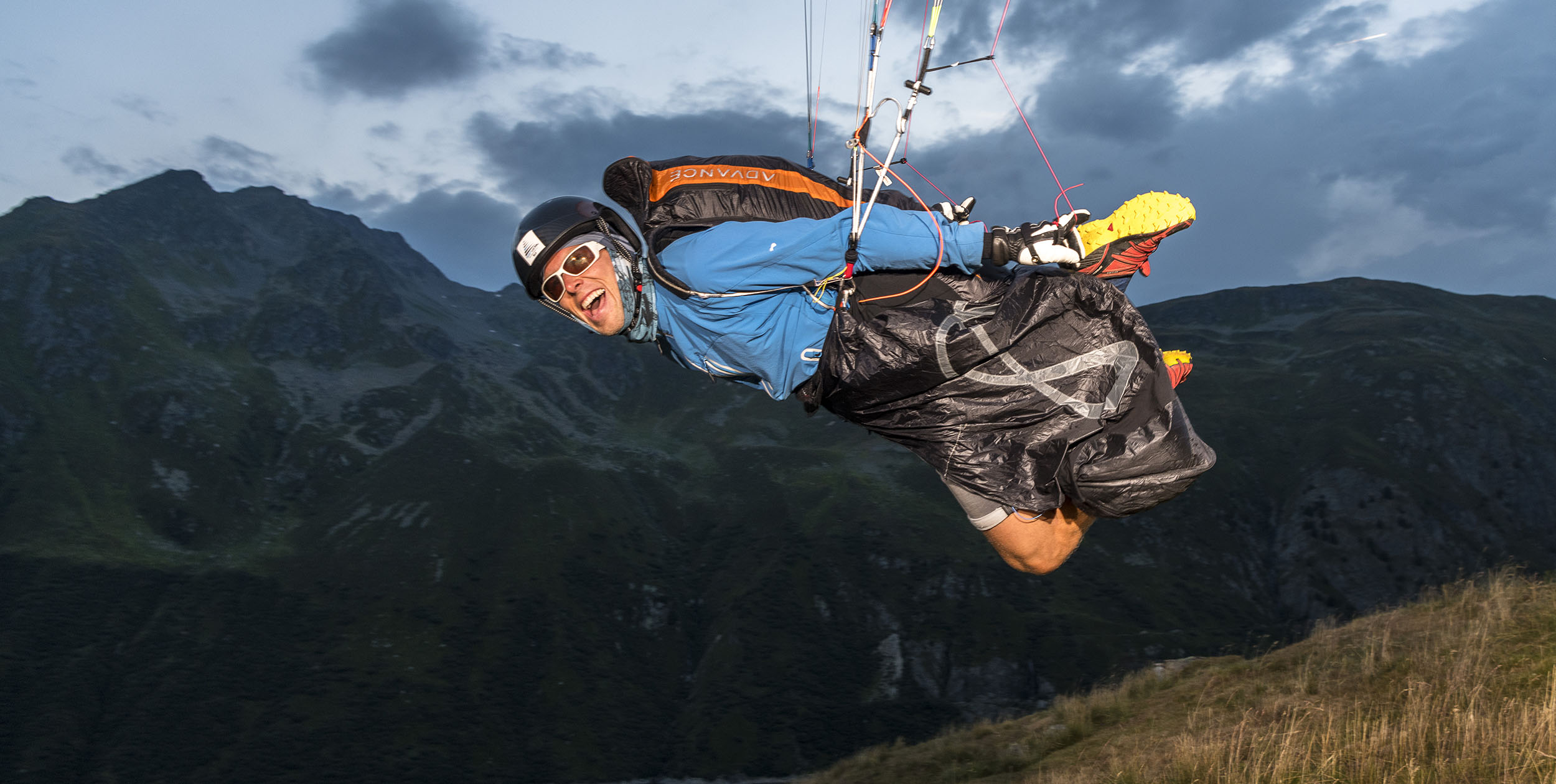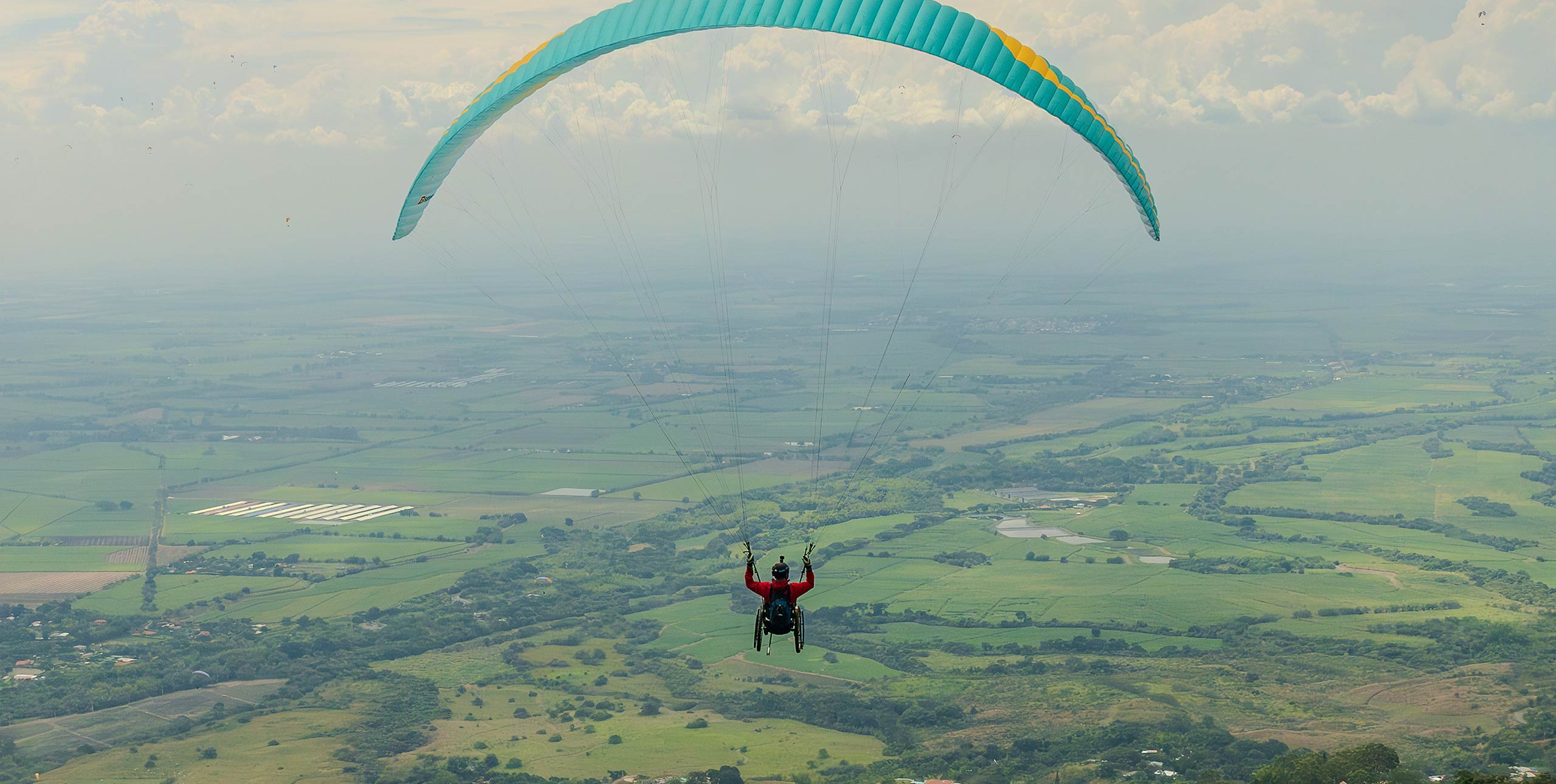
When it comes to sports and performing well, motivation is key. Top sports scientist Mustafa Sarkar has explored the psychology of Olympic gold medallists to find out what makes them tick. What he learnt about the ultimate winner’s mindset can be applied to any sport, including flying. Ed Ewing spoke to him
What is motivation?
It’s the reason people do what they do. Simplistically, people think that high levels of motivation are good and low levels are bad. But it’s more complex than that. Rather than talk about over- or under-motivation, I would talk about optimising motivation.
That makes sense…
By that I mean trying to find the motivation that is right for you. There are two very general forms of motivation. Intrinsic motivation is about doing an activity for the sake of enjoyment. Extrinsic motivation is doing things for external reasons: reward, recognition, things like that.
Is one type better than the other?
In high performers it’s not the case that those who have more intrinsic motivation are better off than those who have extrinsic motivation. It’s more a case of feeling that participating in sport is part of a choice, something they value.
Believing in what you are doing?
Valuing and believing that what you are doing is what you want to be doing, and that it falls within your own identity and value system.
Like surfers say ‘Surfing’s not a sport, it’s a lifestyle’?
Yes. That’s quite a healthy type of motivation. When you are aligning what you are doing with what you believe in.
Is there an unhealthy type of motivation?
The higher up you go in your sport the more motivations you have externally. Things like sponsorship, competition results and peer pressure. A lot of what we do in sports psychology is to promote the idea of trying to achieve better for yourself, rather than achieving better to beat others.
What about the competitive edge?
To achieve at the highest level you need to have that within you, it’s important. But it’s reining it in, so you have the sense of competition but you align it with your values.
How do you do that?
The main thing is self-awareness. It’s knowing what you want to get out of your sport. A lot of people go into sport with unrealistic expectations, and when things don’t go as planned their motivation becomes less than optimal. It’s about having that awareness in the back of your head. To know, ‘I’m doing this because I want to achieve X, Y and Z.’
How do you optimise motivation?
It’s about autonomy, competence and relatedness.
Autonomy is about choice. The feeling that you are actually in control of what you are doing. Not having a choice can be quite demotivating.
Competence is that feeling of getting better. People like to feel they are improving. It’s important to look at what you have achieved, go in that direction and give yourself opportunities to do well and get better. Compare your performance fairly against others of your level, rather than comparing up or comparing down.
Those two are the most important. The third one, relatedness, is about having that sense of belonging with peers.
Can you train yourself to be a positive thinker?
I think you can. One of the factors we know is very important in an athlete’s ability to deal with stress and pressure is having a positive personality. I don’t mean being bubbly and extroverted – in fact being introverted can be quite useful because it enables you to reflect better – but being pro-active. Basically being aware of how you can do better.
What about learning the hard way?
A lot of the athletes that we interviewed said that if they hadn’t gone through their lows, they probably wouldn’t have won their gold medal. Thinking positively about negative situations can certainly help.
Is there a common thread in top-level performers?
We identified five key areas in our research with Olympic champions, the first of them being motivation – having the right motivation, not high or low levels. The second is a positive personality, as above. The third one is focus, the ability to focus at the right moment at the right time. Part of that is actually doing things outside the sport. It means when you come back into your sport you refocus better.
The fourth one is around confidence. A lot of athletes have a lot of self-confidence, which really does help. However, some of the best athletes in the world aren’t necessarily the most confident. It’s about drawing confidence from teammates or people around them. That’s equally important.
Number five is having the perception of social support. You believe that if something goes wrong there will be someone there to help you.
What can I do right now to help my motivation?
You can’t do anything about your motivation until you are aware of it. So the first real step is actually becoming aware of what your current motivation is. What is it about your current motivation that is not optimal? Discovering that is the first step.
Once you know, for example, that you are more extrinsically motivated – you’re doing things because you have to do them – it’s then about those three areas, autonomy, competence and relatedness. You have to ask what can you do about those three things? What can you do about having better choices? About creating a feeling that you are improving?
If you can improve those three things there is a better likelihood of you having optimal motivation, and therefore performing better.
Sounds easy…
Not so easy! Dealing with motivation might sound simple but it’s not. Unpicking an athlete’s motivation can take a long time. Sometimes individuals won’t know their motivations consciously. They know they are not motivated, but deep down, in terms of their own values, that deep meaning, they don’t fully understand why they are doing things.
Dr Mustafa Sarkar is an associate professor of sport and performance psychology at Nottingham Trent University, UK. Find him on Twitter at twitter.com/MusSarkar. This article first appeared in Cross Country Magazine issue 151








